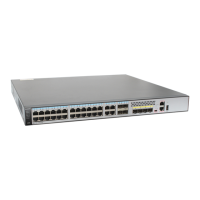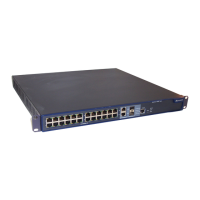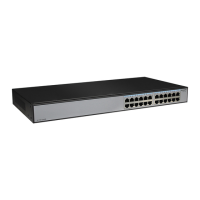Command Manual – MPLS
Quidway S8500 Series Routing Switches Chapter 2 BGP/MPLS VPN Configuration Commands
Huawei Technologies Proprietary
2-24
You are recommended to specify Route-id in a process using Router-id when enabling
the OSPF process. If you want to enable multiple processes on a router, you are
recommended to specify different Router IDs for different processes.
To enable an OSPF process belonging to a public network without a Router ID, the
following conditions should be satisfied:
z RM (Route Manage) is configured with a Router ID.
z There is an interface that is configured with an IP address.
If you enable an OSPF process without specifying a Router ID, and the process is to be
bound to a VPN instance, the VPN instance should have an interface that is configured
with an IP address.
If you want to bind a process to a VPN instance, you must specify the VPN instance
name.
One VPN instance may include several processes. For example, for VPN1, you can
configure the commands OSPF 1 VPN-instance VPN1, OSPF2 VPN-instance VPN1,
and OSPF3 VPN-instance VPN1. Accordingly, VPN instance VPN1 will include the
OSPF processes 1, 2, and 3.
But one process belongs to one instance only. If you have configured OSPF 1
VPN-instance VPN1, you cannot configure OSPF 1 VPN-instance VPN2. Otherwise,
the system prompts: “Wrong configuration. Process 1 has been bound to VPN-instance
VPN-instance 1”. If you configure OSPF 1 first and then OSPF 1 VPN-instance VPN1,
the system prompts: “Wrong configuration. Process 1 has been running in public
domain”.
If you configure OSPF 1 VPN-instance VPN1 first and then OSPF 1, the system enters
OSPF 1 VPN-instance VPN1 mode. That is, the commands OSPF 1 and OSPF 1
VPN-instance VPN1 are equivalent.
When an OSPF process is bound to a VPN instance, the default OSPF router is PE
router. After executing the display OSPF process-id brief command, you will view the
information: “PE router, connected to VPN backbone”.

